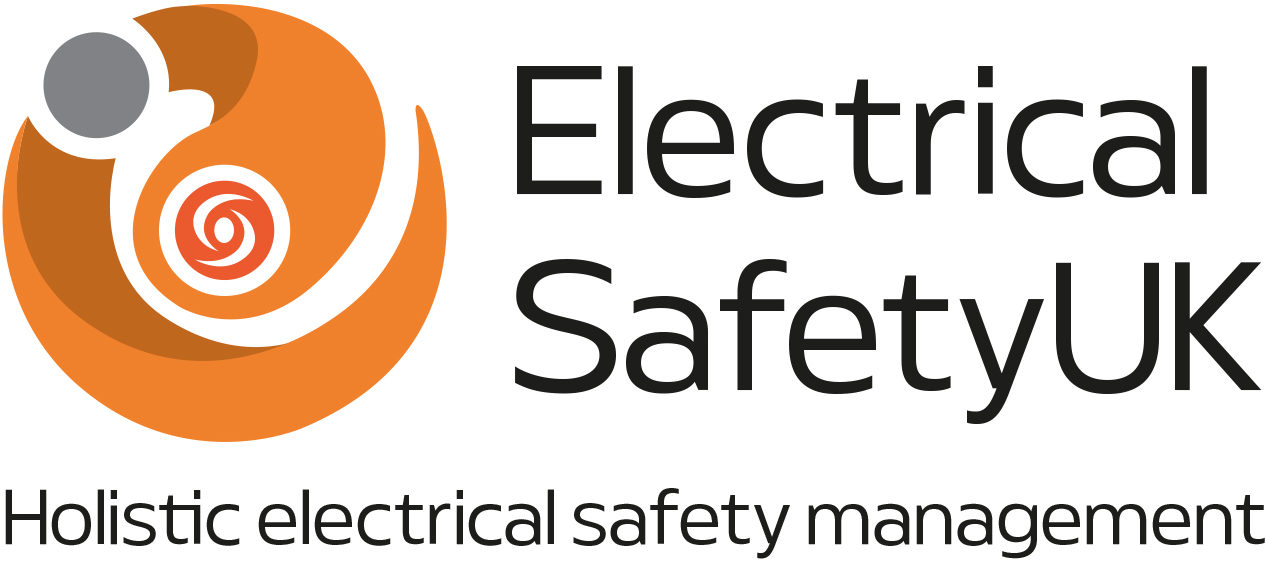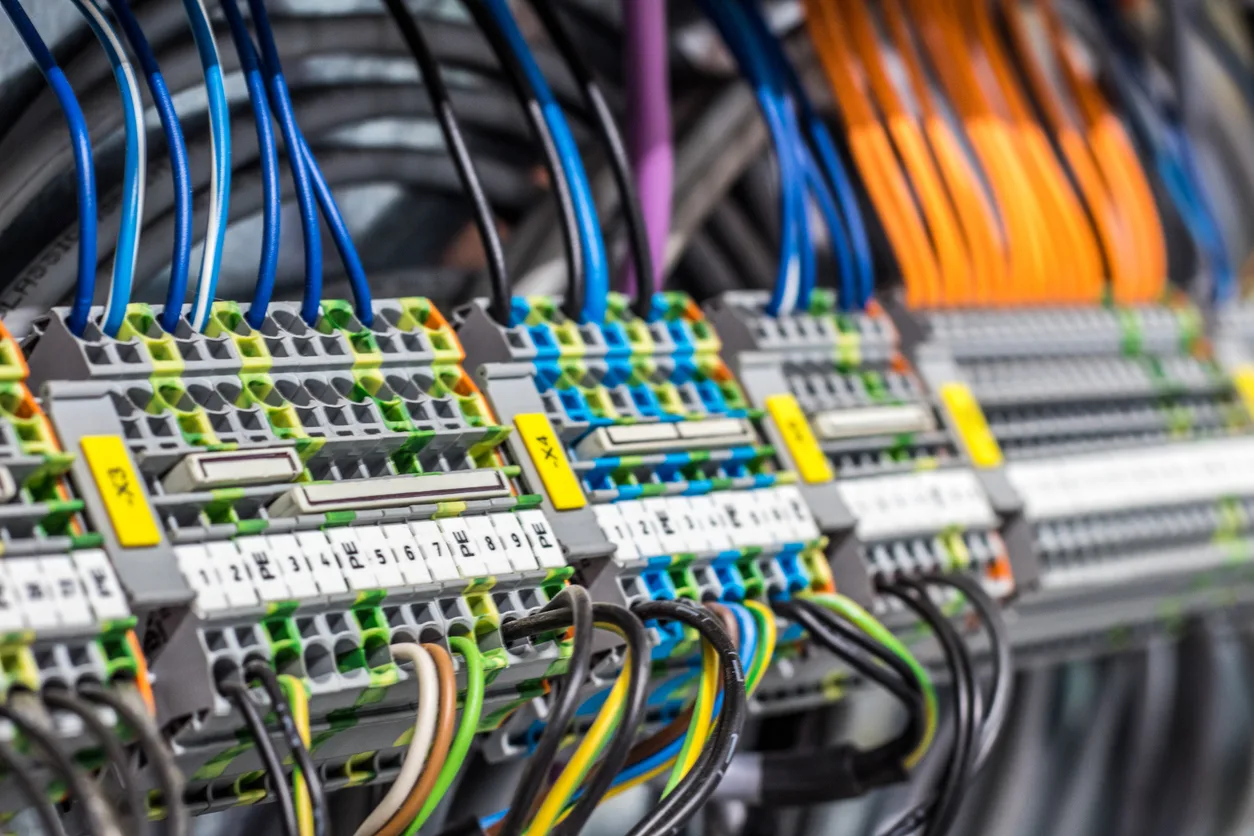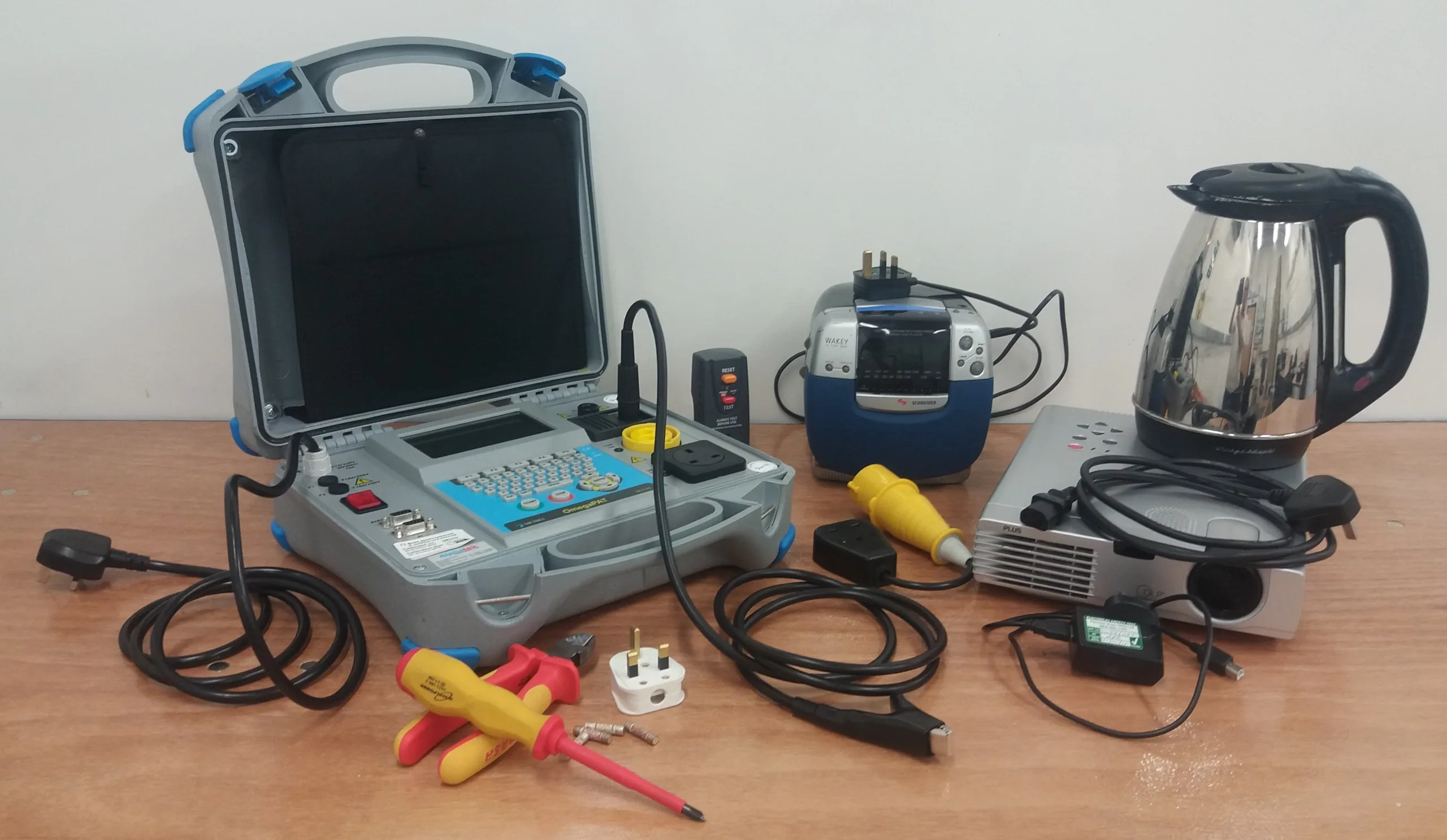This is the ninth article in my series describing what could be included in your Electrical Safety Management System (ESMS). Electrical Safety UK (ESUK) has a model ESMS that consists of an Electrical Safety Policy, Rules, and over thirty supporting instructions specific to different aspects of electrical safety. We can use this model system to develop a bespoke new ESMS for our clients or review their existing ESMS.
This article provides a summary of ESUK’s model instruction. Managing risks associated with unused or obsolete cables, equipment, and switchgear is crucial for ensuring safety and operational efficiency in the ever-evolving landscape of electrical installations.
Purpose and Scope
The primary goal of this instruction is to comply with statutory requirements, regulations, and your company rules to ensure safe practices when dealing with electrical components that are no longer in use. The focus is on eliminating risks such as electric shock, burns, fires, arcing, and explosions while minimising the chances of malfunctioning electrical systems.
Responsibilities
The document emphasises the importance of clearly defined responsibilities for all personnel involved in the operation and maintenance of electrical installations. This includes your employees, contractors, and third parties working on the electrical systems under your control.
Procedures for Managing Obsolete Cables
If the obsolete cable can be removed safely and it is economically reasonable to do so, it should be removed. See the guidance below on the method for identification and removal. If the cable cannot be removed, the following guidance should be followed.
General Requirements
Identify, label, isolate, and ensure obsolete cables are de-energised.
Either cap the cable with a proprietary device or terminate it in an enclosure.
Ensure all cores are shorted together and connected to earth.
Update record systems accordingly.
Consider potential exposure to hazardous substances like asbestos, mineral oil and lead.
Specific Scenarios
Cables in Decommissioned Equipment: Disconnect and remove cables where possible, ensuring any holes in the equipment are appropriately plugged or blanked. If removal is impractical, ensure disconnected ends are correctly labelled, insulated, terminated, shorted, and earthed.
Cables in Hazardous Areas: Remove redundant cables if possible, but if not, terminate them in approved junction boxes and ensure proper labelling, shorting, and earthing.
Above–Ground Cable Removal
‘Final’ identification should only be performed by physically tracing from the supply source or spiking using an approved device.
Physical tracing of cables should be carried out as follows:
To remove the cable, it should be isolated from any supply source, tested for dead at both ends and then physically disconnected at the point of supply.
Starting from the disconnected end, tie a piece of plastic rope or fasten a plastic tie-wrap/lock ring or similar non-conducting continuous ring material around the circumference of the cable to be traced. The rope or tie-wrap should be fastened so that it can be moved up and down the cable without hindrance.
The rope or tie-wrap should be used to visually identify a short cable section by moving the rope from the cut end along the cable. The identified section should then be cut and removed.
Where cables transit through or between other objects, the cable should be cut directly before the transit point. Work along the cable until it is removed.
Where it is impractical to use the rope/tie-wrap method, remove short lengths and visually check each length for separation from other cables. Ensure that the person cutting the cable can clearly see the whole piece to be cut and removed over its full length.
Underground Cable Removal
Where cables are installed underground, they shall, wherever possible, be traced from each end as above. Where this is not possible, they shall be identified as positively as possible using an approved device and then spiked, again using an approved method. In the case of a cable within a duct, the cable shall preferably be removed from the duct.
Procedures for Managing Obsolete Equipment and Switchgear
Serviceable Equipment
Retain equipment with complete documentation, e.g., age, history, specification, operating manuals, and maintenance records.
Ensure proper storage conditions to prevent damage.
Unserviceable Equipment
Disconnect all cables and dismantle equipment to prevent reuse.
Follow safe disposal protocols for hazardous substances and ensure proper decontamination.
Legal Requirements and References
The document lists several legal requirements and references, including the Health and Safety at Work Act, Control of Substances Hazardous to Health Regulations, and the Electricity at Work Regulations. These provide a framework for ensuring compliance and maintaining high safety standards.
Conclusion
Effective management of unused or obsolete electrical components is essential for maintaining safety and operational integrity. By following the outlined procedures and responsibilities, organisations can mitigate risks and ensure a safe working environment.




